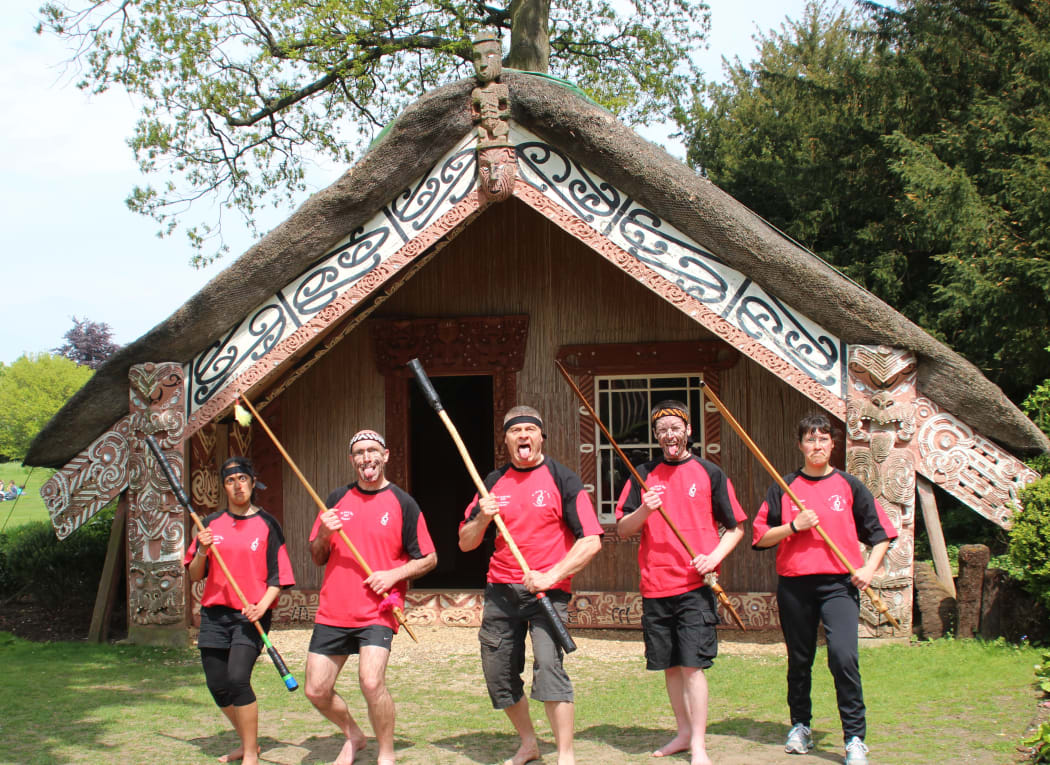
Chris Reynolds with Maramara Totara mau rakau members at Clandon Park, Surrey. Photo: RNZ/Justine Murray
London based Mau Rakau group Maramara Totara members Chris Reynolds and Nadia Pavlof share their connection to Hinemihi and how they both feel about their 'Kuia' returning home.
The annual Hangi day at Clandon Park is a huge affair for Māori living in London. The work behind it is no mean feat, there are hundreds of people to feed and the logistics it requires is something the community have fined tuned over the years.
It was at the hangi day that Dr Keri-Anne Wikitera and Jim Schuster have seen first-hand the work and success of the day planned and organised by Ngāti Ranana, Te Kohanga Reo o Ngāti Ranana, Te Maru o Hinemihi and the pacifica community. The Hangi day is a family affair capped off with performances in front ancestral whare, Hinemihi Te Ao Tawhito.
It was the hangi day in 2003 that Englishman Chris Reynolds first came to know the story of Hinemihi.
“I just got completely blown away…we had the full pōwhiri...so I don’t really have any kiwi or Māori connection but I think I’ve got a bit of Māori heart." he says. Two years later Chris Reynolds join the mau rakau group Maramara Totara and supports the future of a whare where the group can host training sessions and wānanga.
Nadia Pavlof has whakapapa links to Ngati Maniapoto and the Houpapa whanau, she has lived in England for twenty six years and never tires of the opportunities living away from home brings. A founding member Nadia says the group is an off short of Ngāti Ranana and the concept of the late Kateia Burrows.
“It was at a Ngāti Ranana wānanga, a few of the taane were practising mau rakau and one of the wahine said oh can you teach us? and they said oh we can’t…Kateia Burrows was there and said well actually I can” she recalls.
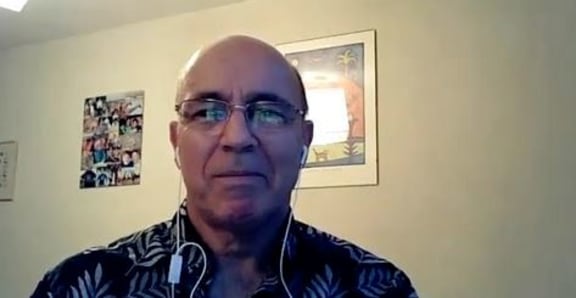
Chris Reynods first came to know about Hinemihi in 2003. Photo: RNZ/Justine Murray
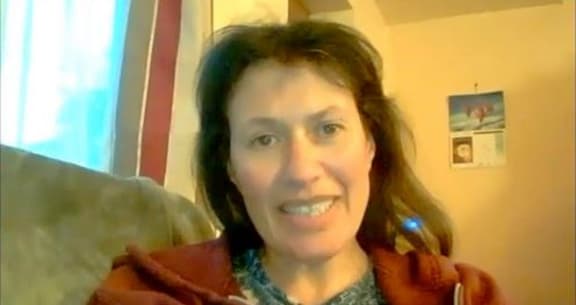
Nadia Pavlof, founding member of London based mau rakau group, Maramara Totara. Photo: RNZ/Justine Murray
According to Nadia Kateia sought out the permission from her kaiako to teach mau rakau. The name for the group Maramara Totara signifies the practice of a carver who returns the woodchips and sawdust to the base of the tree after he has finished carving.
“The gest of it being that we will all return to our tree or to our home, and that’s how the name came to be…and it went forward from there” Nadia says.
While discussions about the return of Hinemihi grows, Nadia says she understands both sides.
“She should go home back into the bosom of the whanau and then on the other side selfishly I love seeing an element of Māori outside of New Zealand...to go to Clandon Park or to know about Ngāti Ranana was awe inspiring and really opened my eyes to the wider context where Māori can sit in the world we do have a place…and seeing Hinemihi where is she nestled in these grounds to me she is not hiding away, for me she is just in a nice cosy corner for herself.”
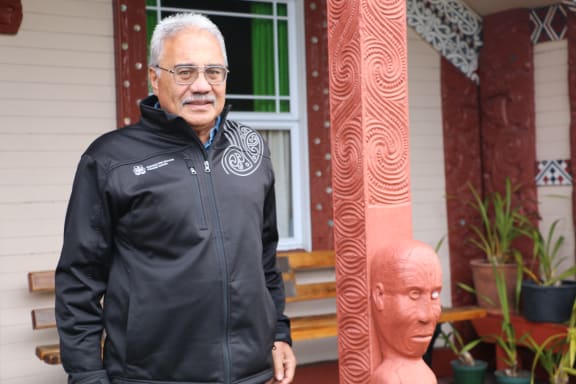
Jim Schuster at Hinemihi whare, Whakarewarewa. Photo: RNZ/Justine Murray
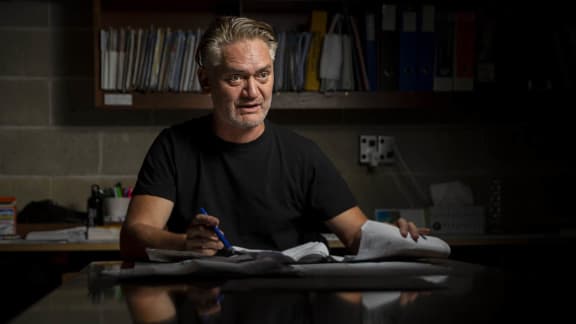
Dr Anthony Hoete is Professor Architecture (Māori) at The University of Auckland. Photo: Supplied.
Dr Anthony Hoete lived in London for thirty years, as the former Chair of Te Maru o Hinemihi he recognises the importance of Hinemihi has with the Māori diaspora. As an award winning Architect who established a practise in London he came up how the exchange could work alongside the concept of a new house.
The return of Hinemihi involves ongoing commitment to discussions with stake holders that include The National Turst, Pouhere Tāonga, Nga Kohinga Whakairo o Hinemihi and Te Maru o Hinemihi. At the heart of these discussions is Jim Schuster, but he is keen to now hand over the reins to others to lead. He remains optimistic that this will eventuate but progress has been hampered by the 2015 fire at Clandon House and the Covid-19 pandemic, he shares his thoughts about the exchange going forward.


